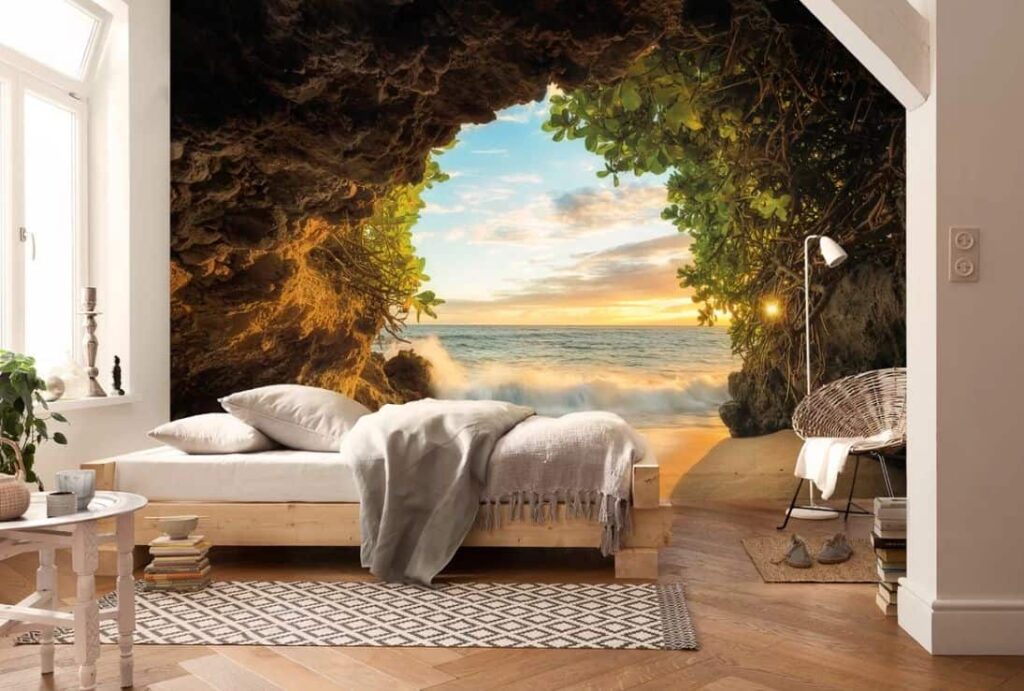The hospitality industry is the biggest employer in the country Kenya and it’s safe to say, for the better part of East Africa as well. Come Covid-19 and all the challenges it brought, hospitality was by far the worst hit and to date still continues to make strides towards achieving its peak performance. With players in the club and restaurant business, spa and beauty palours, resorts and hotelier sector, tours and travel and event and entertainment, maintaining some competitive advantage is key to the survival of any one of these businesses. That’s where we come in.
Judging by the way the hospitality industry is set up, a major renovation every three to five years is expected to remain relevant in the field one is playing in. Because a major renovation involves one closing shop for weeks sometimes months on end, the loss of income is a great deterring factor. Trying to avoid this move however, only results in more losses later on; thus it therefore makes more sense to carry out these major renovations earlier when it’s still possible to recoup the investment.
The second most viable solution is having minor or smaller renovation projects every year, to give your customers something different to look forward to every time they do business with you. These minor renovation projects can run anywhere between a day to a week and have the capacity and added advantage of seriously revamping your space. Some of my all-time favourite quick fix design renovation solutions include; application processes like paintwork, wallpaper and tiling, making changes to the soft furnishings, replacement of outdated fittings and fixtures and investing in artwork and décor pieces. Further delving into each of these solutions, we notice that even with all their added advantages, they still have their fair share of cons and it’s up to you to decide which solution or solution mix brings you the best value in the long run.
Solution #1: Application Processes (Painting, Wallpaper and Tiling)
Starting with Painting of surfaces this, in comparison to all the mentioned solutions, is the cheapest way to make your space look as good as new. With the advancement in paint technologies and different textured finishes and patterns readily available in the market, you can easily go from gloom to glam in a matter of days. The major drawback however, is that paints require time to dry meaning that during that period of time, the painted space cannot be put to use. For water-based paints, you are looking at anywhere between a few hours to a day but oil-based paints require at least twenty-four hours per coat to dry. This means that for surfaces requiring three coats of the oil-based paints, the space will not be in use for a number of days.
Wallpaper on the other hand only requires a few hours per room to put up. The numerous designs and finishes available and the amount of time needed for it to dry make it an ideal solution for hoteliers and resorts with accommodation facilities. Imagine having a totally different room experience between the time you checked out and the time you check back in, that’s the flexibility that wallpaper guarantees. The major disadvantage though is the cost. With a standard roll covering five square metres and a standard sized wall using upwards of three rolls, you can easily find yourself using more than ten rolls in one room. When you factor in the adhesives and labour, you’ll end up spending about five times per room, what you’d have spent on painting that same space.
When we look at Tiling, this is the most long serving of all the solution mentioned. For spaces however, and depending on the surfaces tiled, it would take upwards of a couple of days before full functionality can be resumed. Imagine a bathroom or toilet with fittings that need to be installed or partitions that need to be fixed to a floor, drilling cannot be done until the cement has cured or is dry enough to not break the tiles. If the previous tiles need to be removed prior to the new ones being laid, the work can be relatively loud and messy and maintaining any form of functionality in that space may be deemed futile. The costs associated with tiling are also significantly higher; starting with the tiles, then including the adhesives like cement and tile adhesives, followed by the accessories like grout, spacers, corner and end strips and finally the labour component, you’ll find yourself spending upwards of three times what you’d have spent on applying wallpaper.
Based on the different surface application solutions shared, you can easily look at your current set up and decide on the best fit for your business. For instance, businesses that normally peak towards the end of the week can safely close for a few days earlier in the week to apply a new coat of paint or lay some tiles without hurting their income while relatively busy centres with accommodation facilities may opt for wallpaper application. The final decision however lies with you.
Next, we’ll be looking at the other quick fix design renovation solutions and you never know, you might just end up changing your mind.
Till next time…Baraka Tele


